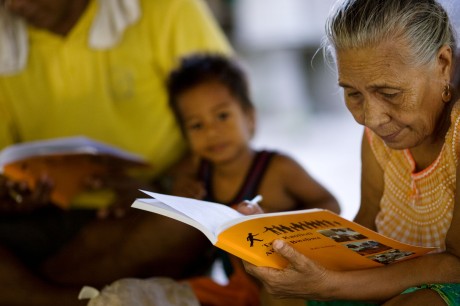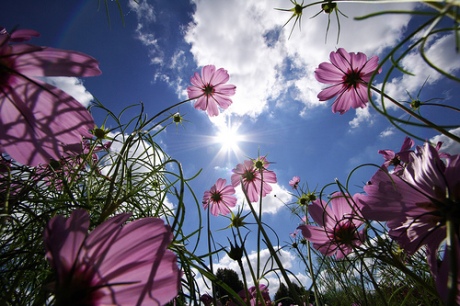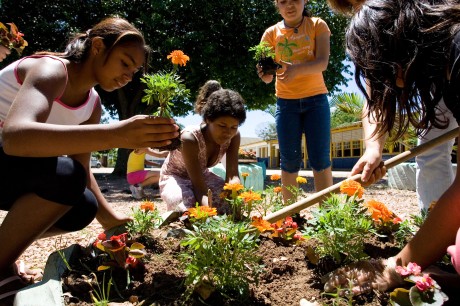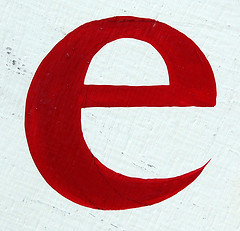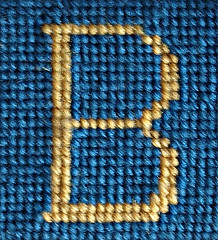Let me tell you a story.
I started playing the cello in elementary school orchestra. I was lucky to go to school in a district that took the arts very seriously (more so than the sciences even, somewhat to the detriment of STEM-inclined students like my sister), and so orchestra was an option beginning in fourth grade. Every year my teacher would recommend I take private lessons, but dance and gymnastics were more important to me at that point, so there was never time for one more thing. Still, I had a decent theoretical and intuitive understanding of music thanks to my pianist father, so I did fine.
In middle school, I started developing joint pain. Gymnastics fell victim first, followed by ballet. I managed to keep up enough for theater, but by my junior year I wasn’t even engaged in that the same way. So at 16, I started private cello lessons.
My teacher, who had his pick of brilliant students, agreed to take me on because I was “interesting.” I could read music fluently, in multiple clefs. I could handle complex rhythms. I was keeping up with the other members of my high school orchestra. And as long as I did, my technique had never been dealt with. I was going to have to start over.
From scratch.
My first lesson, I wasn’t allowed to play a single note. After bow-hold exercises, I held the bow in my right hand, with both hands resting on my knees. I picked them up, and placed them correctly on the instrument, drawing two wide loops in the air. I put them back on my knees. I put them back on the cello. I put them back on my knees.
The next lesson I played open strings.
The lesson after that I played four-note scales. Then eight notes.
Then I finally had music placed in front of me. Suzuki Book 1. The first song? “Twinkle, Twinkle, Little Star.”
I started to cry, just looking at it. I had been playing the cello for seven years. It was so humiliating. My friends were playing Bach, and here I was, playing baby music. My teacher, bless him, didn’t seem phased by this. He explained that we’d move through relatively quickly, but that my technique needed to be addressed at a foundational level before we moved on to more complex things. And that it would require hard work and practice, and a huge dose of humility, but never humiliation. There was nothing to be ashamed of in striving to be better, no matter what it looked like to someone on the outside.
I stayed after school every day and practiced by myself. Twinkle Twinkle. French Folk Song. The Song of the Wind. The Happy Farmer. Minuet in C. My orchestra teacher commented that it was so nice to hear the old songs again. I did move quickly, practicing every day. And I improved.
The next year, I found myself a section leader. My teacher moved to another country. But I’ve never forgotten the lesson in humility he taught me when he watched me cry to see a book of children’s songs.
Now.
I serve as a tutor of study circles, which are intended to raise capacity in individuals and communities to serve their communities. Each of the courses these study circles goes through includes three related units of study, and at least one practice. Both of these elements is essential for capacity to be built, and neither is particularly effective without the other.
The thing is, we all live in communities. We think we must know how to live together. After all, haven’t we been doing it as individuals for twenty, thirty, seventy years? Haven’t our families been doing it for thousands? Who doesn’t know how to be a community, anyway? A hermit, maybe. Certainly not us.
But the truth is that, while we’ve often been getting by, our technique is, frankly, terrible. And we need to start learning at the beginning.
From scratch.
This is why people who feel at the height of their influence struggle with the Ruhi sequence of courses. Book 1, called Reflections on the Life of the Spirit, includes three units, two of which have a practice component. The first is to read the Writings, carefully and with intent, every morning and evening. The second is to visit two Baha’is and study a prayer with them. Not even to pray, but to study the prayer itself, the same way the first unit teaches us to study on our own.
I have literally had people refuse to study with me, insisting that it is a waste of their time. As though looking at a few words together with fresh eyes were somehow a demeaning task when they were capable of so much more.
I’ve had people agonize over whether visiting someone in their home, even invited, were an appropriate avenue of service. Whether it was patronizing to study a prayer with someone else. Whether there was any use in it. Whether they shouldn’t just skip it and get on to the real acts of service, the exciting ones for books down the line.
But of course, if you can’t study fifty words with a friend, you can’t facilitate the study of hundreds in a group. If you can’t will yourself to talk about spiritual reality, you won’t be able to teach an entire class of children to pray. If you aren’t willing to visit a friend in their home, you will never work up the courage to build bonds of friendship with someone previously regarded as a stranger.
You won’t build community in your neighborhood.
You won’t build unity in your world.
It takes so much humility to understand that how we’ve learned to be in the world may have helped us cope, but it’s on some level fundamentally broken. That we need to re-learn something as basic as friendship, or neighborliness, or meaningful conversation.
It’s a real struggle to overcome the sense that we’re meant for something better than this, that we’re not children, after all, that we already have so much capacity already if people could just see it …
But if we can set it aside and practice the basics until we’ve really mastered them, the resulting music is so much stronger. And I know because I’m still here, trying my best, playing away.
